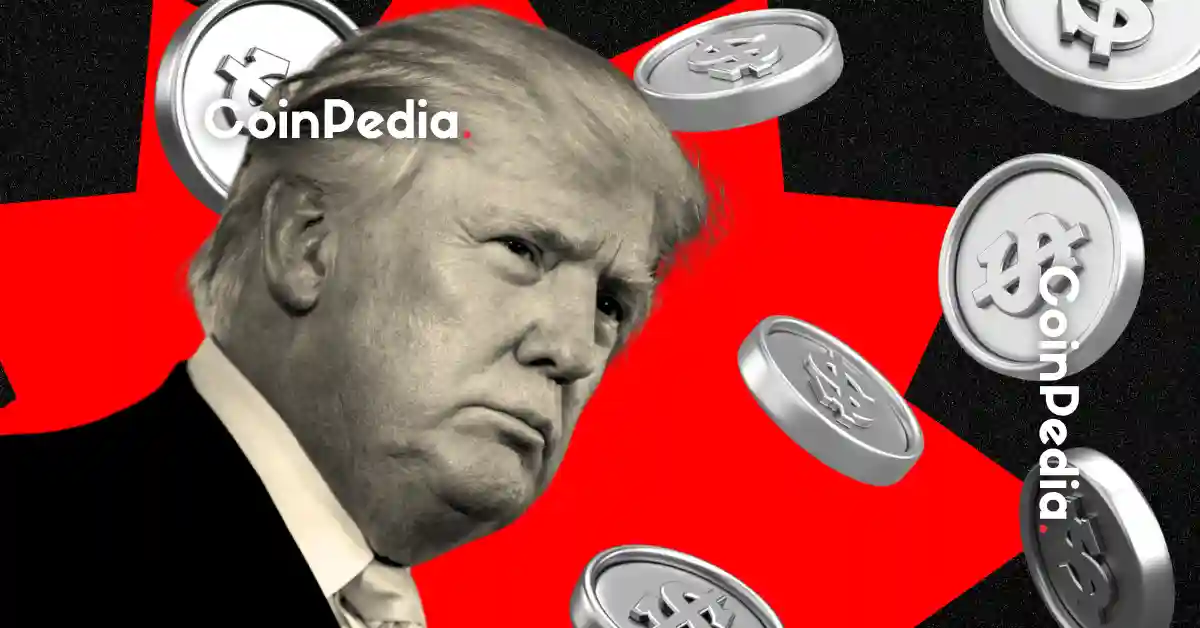The year 2025 has unfolded as a period of unprecedented change in the cryptocurrency landscape, marked by a peculiar paradox: the simultaneous rise of Bitcoin millionaires and the decline of former President Donald Trump’s crypto fortune. This dichotomy offers a fascinating glimpse into the complex interplay between politics, market dynamics, and digital assets.
The Bitcoin Boom: A Surge of New Millionaires
The first half of 2025 witnessed an extraordinary surge in Bitcoin’s value, creating over 26,000 new Bitcoin millionaires. This phenomenon was driven by a confluence of factors, including institutional investment, growing acceptance of Bitcoin as a store of value, and the political uncertainty surrounding Trump’s policies.
Institutional Investment: A Turning Point
Traditional financial institutions have increasingly embraced Bitcoin as a legitimate asset class. BlackRock, one of the world’s largest asset managers, significantly expanded its crypto holdings, injecting billions into the market. This influx of institutional capital not only boosted Bitcoin’s price but also lent credibility to the digital currency, attracting more investors and further driving up demand.
Bitcoin as a Safe Haven
Trump’s return to the White House introduced a degree of unpredictability into global financial markets. His policies, often characterized by their unconventional nature, led some investors to seek refuge in alternative assets like Bitcoin. The narrative of Bitcoin as a decentralized, apolitical store of value gained traction, positioning it as a hedge against potential economic disruptions. This shift in perception contributed to the surge in Bitcoin’s price and the creation of new millionaires.
Retail Investor FOMO
As Bitcoin’s price soared, a wave of retail investors, driven by the fear of missing out (FOMO), rushed to buy the digital currency. Stories of overnight riches fueled a buying frenzy, further propelling the price upwards. The combination of new money entering the market and existing holders’ reluctance to sell created a supply squeeze, exacerbating the price increase.
Trump’s Crypto Contradiction: A Portfolio Plunge
While Bitcoin’s rise enriched thousands, President Trump’s personal crypto portfolio experienced a dramatic decline, with reports indicating a 78% drop in value within the first six months of 2025. This raises critical questions about the factors contributing to this decline and the broader implications of Trump’s involvement in the crypto space.
Meme Coin Mayhem
Despite his crypto portfolio taking a hit, Trump’s connection to the crypto world extends beyond his personal holdings. The emergence and popularity of Trump-themed meme coins, such as “$TRUMP,” add another layer to the story. While some wallets made millions off these coins, the vast majority of holders, often small retail investors, lost money. This dynamic raises concerns about potential manipulation and the ethical implications of a public figure being associated with such volatile and speculative assets.
Regulatory Uncertainty
Trump’s administration signaled intentions to introduce regulatory changes to the cryptocurrency market. Regulatory uncertainty can spook investors, leading to price volatility and potential losses. If Trump’s policies inadvertently stifled innovation or created an unfavorable environment for crypto businesses, it could have negatively impacted his own portfolio, especially if his investments were concentrated in projects sensitive to regulatory changes.
Corruption Concerns
Allegations of “Trump-style crypto corruption” raise serious ethical questions. Critics argue that his involvement in the crypto space creates avenues for potential conflicts of interest. The concern is that his policies could be influenced by personal financial interests, potentially benefiting specific crypto projects at the expense of the broader market or the public good.
The Shifting Sands of Bitcoin Millionaires
Beyond the contrasting fortunes of new millionaires and Trump’s portfolio, the overall number of Bitcoin millionaires has seen significant fluctuations since Trump’s return. Reports indicate periods of decline, with tens of thousands of addresses losing their millionaire status, followed by periods of recovery and growth. This highlights the inherent volatility of the cryptocurrency market and its sensitivity to political and economic events.
The Impact of Trump’s Policies
Trump’s policies, while intended to stimulate the economy, may have had unintended consequences for the cryptocurrency market. His focus on deregulation and tax cuts could have fueled speculation and contributed to Bitcoin’s initial rise. However, his trade policies and unpredictable pronouncements may have also created economic uncertainty, leading to periods of market correction and a reduction in the number of Bitcoin millionaires.
Long-Term Implications
The events of 2025 have profound implications for the future of the cryptocurrency market. The rise of Bitcoin millionaires, coupled with the questions surrounding Trump’s involvement, have thrust the industry into the spotlight, prompting calls for greater regulation and oversight. The long-term impact will depend on how policymakers navigate the complex interplay between innovation, investor protection, and the potential for abuse.
Conclusion: A Crypto Conundrum
The story of Trump and Bitcoin in 2025 is a complex and multifaceted one. It is a tale of fortunes made and lost, of regulatory uncertainty and ethical concerns, and of the growing influence of politics on the decentralized world of cryptocurrency. While Bitcoin continues its journey towards mainstream adoption, the events of 2025 serve as a reminder of the inherent risks and opportunities in this rapidly evolving landscape. The paradox of Trump’s apparent crypto struggles amidst a booming market underscores the need for careful consideration, informed decision-making, and a healthy dose of skepticism in the world of digital assets. The future of Bitcoin, and the fortunes it creates, will depend on how these challenges are addressed.











